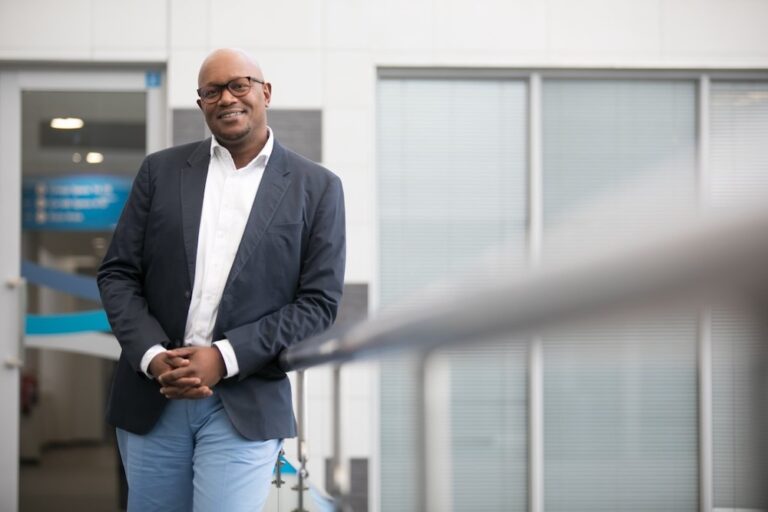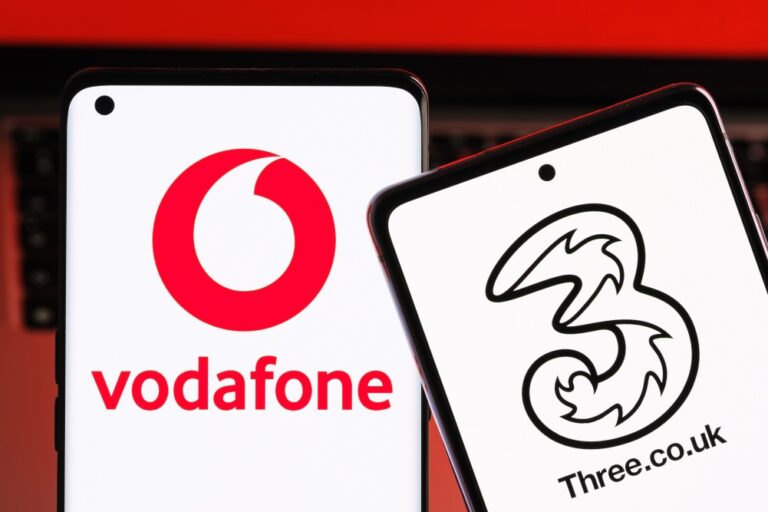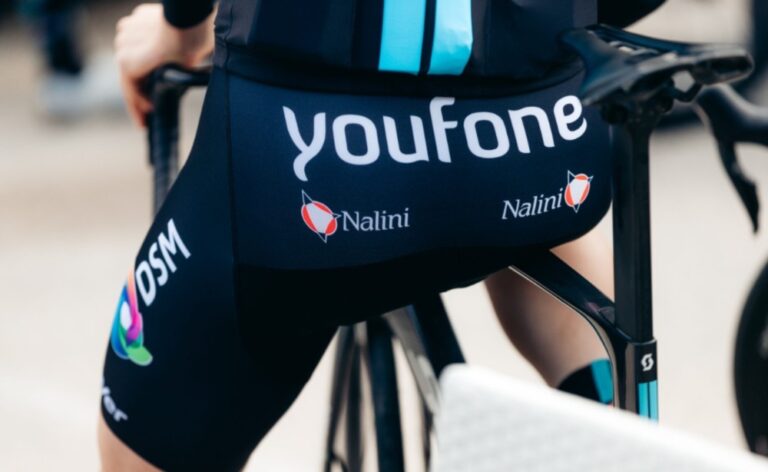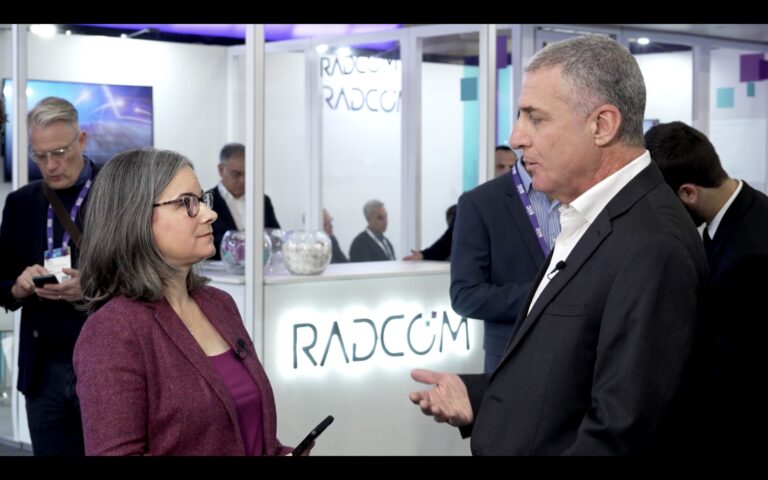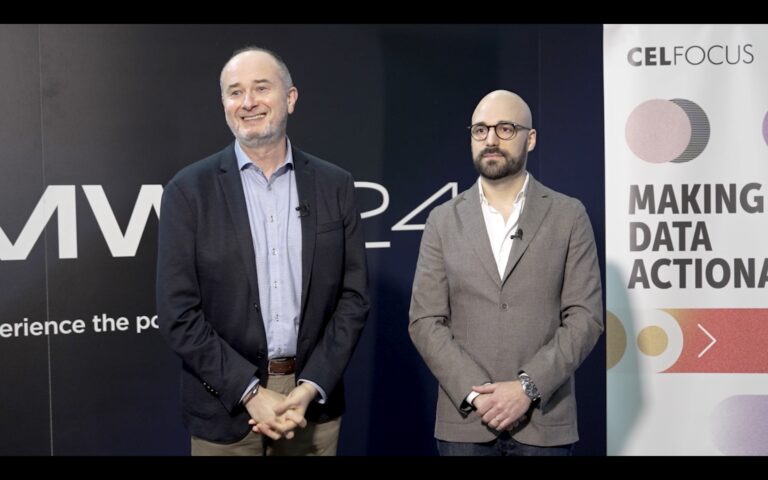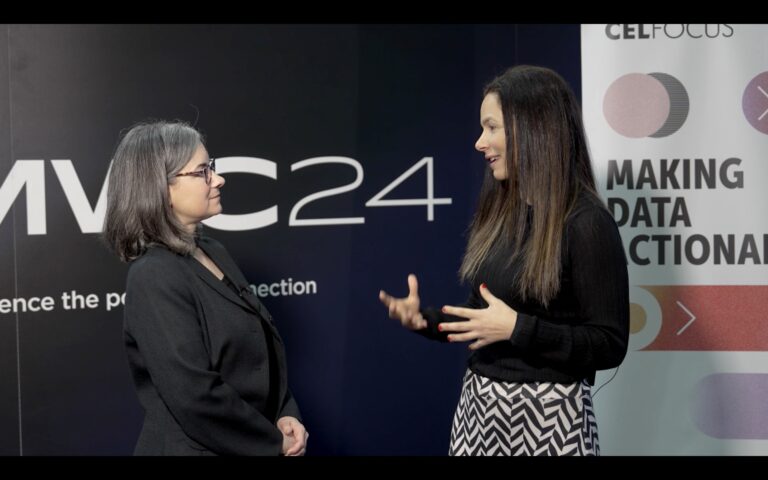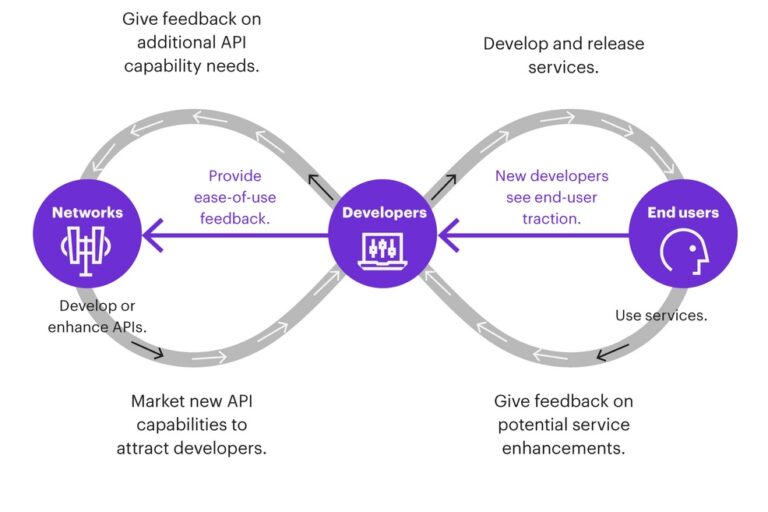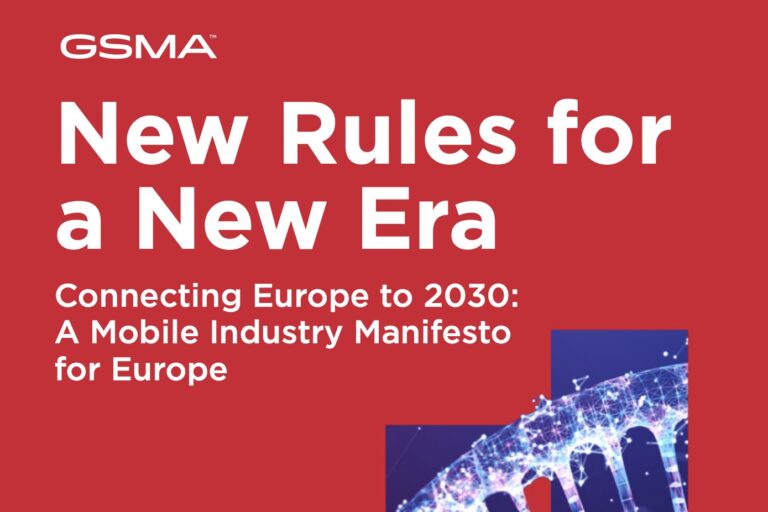South Africa’s government-owned telco will sell to UK private equity Firm Actis (70%) and Royal Bafokeng Holdings (30%)
TelkomSA has finally agreed to sell its towerco business Swiftnet to a consortium comprising Actis and Royal Bafokeng Holdings in a debt and equity deal that gives Swiftnet an enterprise value of ZAR 6.75bn.
However, according to a statement released to the local stock market, the deal for just under 4000 towers and masts will be subject to several adjustments including a negative adjustment for a TelkomSA loan to Swiftnet (currently ZAR 360m although may be down to ZAR 225m by the close of the deal). This loan will not be transferred to the consortium and will be excluded from sale equity. There will also be capex and working capital adjustments.
The deal finally means TelkomSA can join MTN South Africa and Cell C in selling off its tower assets, meaning only Vodacom has yet to head down that path. Last November, the preferred bidder was revealed as a consortium of equity investors, including a Black Economic Empowerment partner, led and managed by a “reputable private equity firm”. However, in January, Telkom issued a Johannesburg stock exchange note to investors explaining why nothing much had happened yet and cautioning investment – this caution has now been lifted.
TelkomSA said the proceeds to be utilised to primarily pay down its debt, strengthening its balance sheet and enabling it to: “release free cash flow for investment in Telkom’s core businesses and deployment in pursuit of growth opportunities.” The telco has the view its market capitalisation does not represent its intrinsic value, and that it will explore all strategic options to unlock value. “The disposal is in line with such value-unlock strategy and involves the disposal of a non-core asset, allowing Telkom to reduce debt,” said Telkom Group CEO Serame Taukobong.
Telkom said it has “ambitious growth plans” across its business units, particularly for wholesale unit Openserve and Telkom Consumer. Taukobong added that both units will have guaranteed continued access to Swiftnet’s infrastructure under “mutually beneficial terms”.
Towerco Bidco
The working title for the new company before the branding experts intervene is Towerco Bidco. Over the past two decades Actis has deployed around $1.4 billion in investments in South Africa. The firm has committed more than $1.5 billion into digital infrastructure globally and the sector will continue to be an important part Actis’ investment strategy.
Royal Bafokeng Holdings is an African community investment holding company with a responsibility of preserving and growing the financial capital of the Royal Bafokeng Nation. RBH actively manages a diverse portfolio consisting of listed and unlisted assets in a range of geographies and sectors, including telecoms, infrastructure, property, financial services, resources and industrials.
The net asset value of Swiftnet as of 31 March 2023 and 30 September 2023 was ZAR 806.4 million and ZAR 952.7 million, respectively. The profit after tax attributable to Swiftnet for the twelve months ended 31 March 2023 was ZAR 584 million, and the company’s attributable profit after tax attributable for the six months ended 30 September 2023 was ZAR 321 million.


